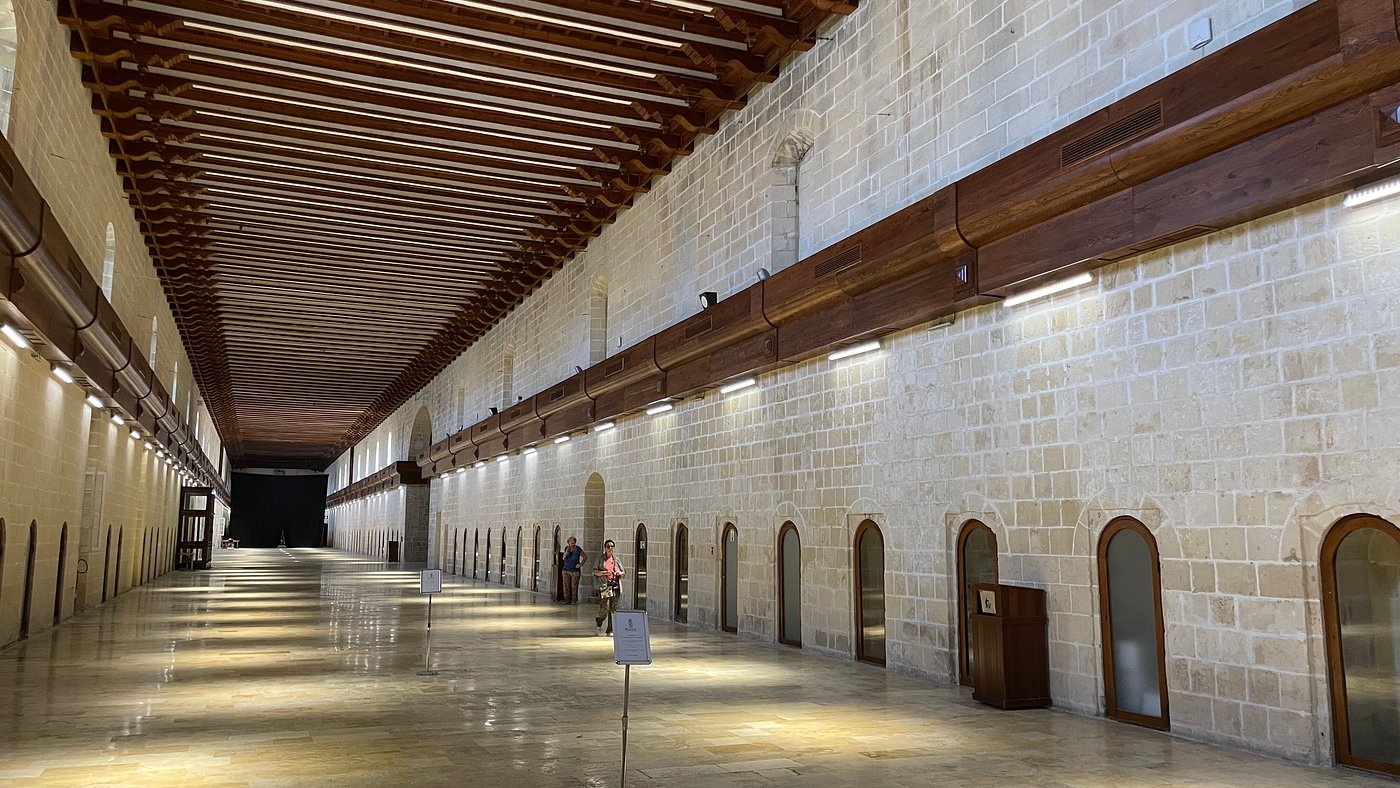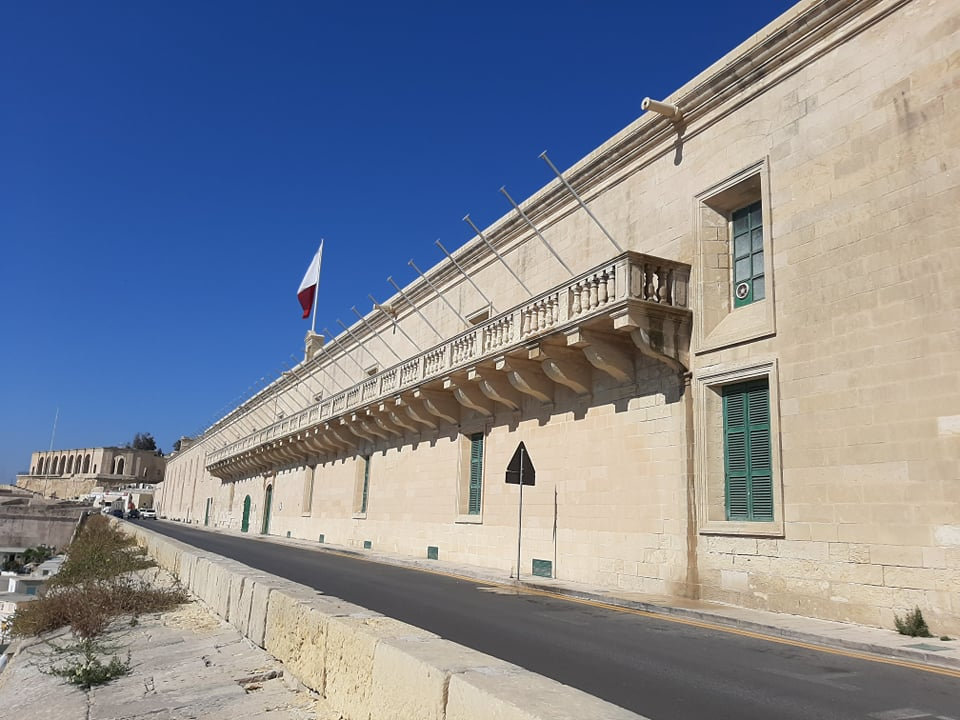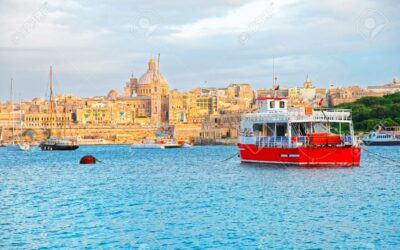The Sacra Infermeria in Valletta, inaugurated in 1574, is one of the most remarkable legacies of the Knights of Malta. More than a hospital, it was a revolutionary medical institution for its time, recognized for its modern care practices, advanced hygiene, and innovative organization.
Today, the Sacra Infermeria stands as a symbol of Maltese heritage, illustrating the unique blend of science, architecture, and humanitarian spirit that characterized the Hospitallers of the Order of Malta.
The Hospitallers and Their Mission
Origins of the Hospitaller Order
Founded in 11th-century Jerusalem, the Knights Hospitaller placed hospitality, charity, and medical care at the heart of their mission. They provided refuge to pilgrims, treated the sick, and later combined these duties with a military role to protect the Holy Land.
When the Order settled in Malta in 1530, they expanded their dual mission of defense and assistance, constructing palaces, churches, and, above all, the Sacra Infermeria, their flagship hospital.
A European Medical Network
The Order established hospitals across Europe and the Mediterranean, offering care to all, regardless of religion or origin. The Sacra Infermeria was their most ambitious achievement, embodying their vision of universal, organized, and advanced healthcare.

Reliving The Sacra Infermeria, copyright AR Museum
Medical Innovations at the Sacra Infermeria
The Sacra Infermeria was considered cutting-edge for the 16th and 17th centuries.
- Individual beds with curtains: ensured privacy and limited contagion.
- Ventilation and natural light: large windows and balconies for
convalescents. - Strict hygiene: regular baths, clean sheets, silver crockery for its antiseptic qualities.
- Nutrition: patients received white bread and balanced meals to aid recovery.
Medical School and Pharmacy
In 1676, the Sacra Infermeria created a school of anatomy, surgery, and pharmacy, training renowned physicians across Europe.
Its pharmacy produced up to 400 different medicines, including treatments made from rare plants such as the Maltese Mushroom (from Fungus Rock, Gozo), once used for dysentery and syphilis.
Organization of Care
The building contained eleven large wards, including the famous “Old Ward” over 150 meters long, capable of hosting 900 patients.
- Knights, soldiers, and foreigners: cared for in large dormitories.
- Specialized wards: for surgery, convalescence, or contagious patients.
- Hierarchy of care: treatment often reflected the social status of the patient.
The system was considered innovative for its time, ensuring both efficiency and humanity.

The Old Ward
Care for Women and Marginalized Populations
Women, slaves, and Maltese patients were treated separately.
- Sick women were cared for at the Casetta, a smaller hospital near Valletta’s port.
- This ensured that women also received medical treatment, albeit apart from the male-dominated main wards.
Heritage and Posterity
The Sacra Infermeria continued as a military hospital under Napoleon and later the British Empire, before losing its medical function.
In the 20th century, it was restored and transformed into a cultural centre in Valletta, hosting events and exhibitions while preserving its architectural and historical legacy.
Its pioneering model of hygiene, ventilation, medical training, and social organization remains a milestone in the history of European medicine.
The Sacra Infermeria is much more than a historic building – it is a testament to the medical and humanitarian vision of the Knights of Malta. From its innovative care practices to its role in European medical history, it embodies the pioneering spirit of hospital care that continues to inspire modern medicine and hospitality.

Photo: Matthew Camilleri
FAQ – Sacra Infermeria and Hospital History in Malta
1. What was the Sacra Infermeria in Valletta?
The Sacra Infermeria was the main hospital of the Knights of Malta, inaugurated in 1574. It was renowned for its modern medical practices.
2. Why was the Sacra Infermeria innovative?
Because it introduced individual beds, strict hygiene, ventilation, and a medical school, setting new standards for hospitals in Europe.
3. Where were women treated in Malta during the Knights’ period?
Women were treated in a separate facility called the Casetta, near Valletta’s port.
4. What is the Sacra Infermeria used for today?
It has been restored and transformed into a cultural centre, hosting exhibitions and events in Valletta.




